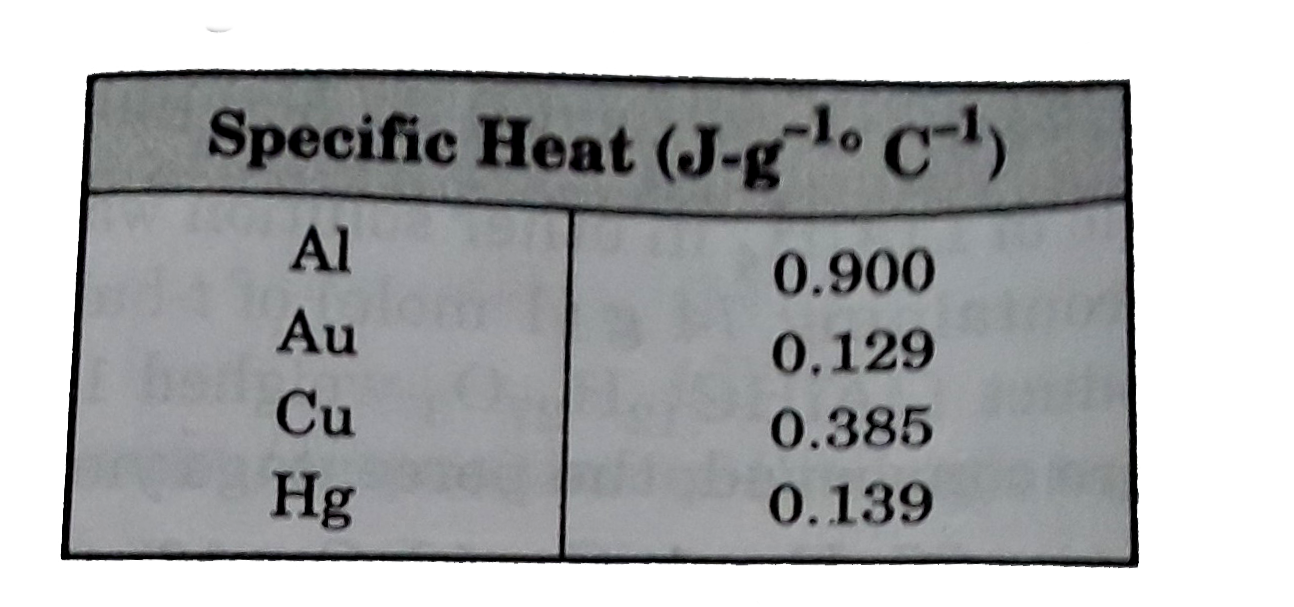Experimental Methods from GRB CHEMISTRY Chapter 6 MOLE CONCEPT, STOICHIOMETRY & CONCENTRATION TERMS for Class 11
| Class 11 | CHEMISTRY |
| Chapter | MOLE CONCEPT, STOICHIOMETRY & CONCENTRATION TERMS |
| GRB CHEMISTRY | Experimental Methods |
| Medium | English |
| Academic Year | 2023-2024 |
Question 16
The molar mass of an unkown organic liquid (M ~ 100) is determined by placing 5 mL of the liquid in a weighted 125mL conical flask with a piece of Al foil with a pin hole in it. The flask is heated in a Al foil with a pin hole in it. The flask is heated in a boiling water bath until the liquid evaporates to expel the air and fill the flsk with unknown vapour at atmospheric pressure. After cooling to vapour at atmospheric pressure. After cooling to room temperature the flask and its contents are room temperature the flask and its contents are reweighed. The uncertainty in which piece of apparatus causes the largest percentage error in the molar mass:View SolutionQuestion 18
In an experiment to verify the value of absolute zero, a student is instructed to measure the volume of He in a 10mL syrings at 10∘C. She is told to plot the volume versus temperature and to extrapolate this graph to zero volume and read the resulting temperature. Which modification of the experimental procedure will give the best value for absolute zero?View SolutionQuestion 19
For the estimation of nitrogen, 1.4 g of an organic compound was digested by Kjeldahl's method and the evolved ammonia was absorbed in 60 mL of M/10 sulphuric acid. The unreacted acid required 20 mL of M/10 sodium hydroxide for complete neutralisation. The percentage of nitrogen in the compound isView SolutionQuestion 20
29.5 mg of an organic compound containing nitrogen was digested according to Kjeldahl's method and the evolved ammonia was absorbed in 20mL of 0.1M HCL solution. The excess of the acid required 15 mL of 0.1 M NaOH solution for complete neutralization. The percentage of nitrogen in the compound is:View SolutionQuestion 22
A student is asked to analyze a water sample from a stream for total solids (TS), dissolved solids (DS) and suspended solids (SS). She carries out the experiments below.
(P) A 25-mL portion of the water sample is evaporated to dryness in a pre-weighed evaporating dish to give mass 1.
(Q) A seperate 25-mL portion is filtred into a second pre-weighed evaporating dish and evaporated to dryness to give mass 2.
How are the values for TS, SS and DS (per 25 mL water) determined? View SolutionQuestion 23
2.43g of dry silver salt of mono carboxylic acid is ignited till complete decomposition occurs to give 1.08gm of residue. 3.09 gm of acid chloride of same acid is treated with excess NH3 and amide formed is treated with sufficient Br2 + KOH mixture at 343 K, giving 1∘ amine. What is the amine formed? [Ag = 108, Cl=35.5, N=14]View Solution
All Exercises from GRB CHEMISTRY Class 11 CHEMISTRY MOLE CONCEPT, STOICHIOMETRY & CONCENTRATION TERMS
- Comprehension#1
- Comprehension#10
- Comprehension#100
- Comprehension#101
- Comprehension#102
- Comprehension#103
- Comprehension#104
- Comprehension#105
- Comprehension#106
- Comprehension#107
- Comprehension#108
- Comprehension#109
- Comprehension#11
- Comprehension#110
- Comprehension#111
- Comprehension#112
- Comprehension#12
- Comprehension#13
- Comprehension#14
- Comprehension#15
- Comprehension#16
- Comprehension#17
- Comprehension#18
- Comprehension#19
- Comprehension#2
- Comprehension#20
- Comprehension#21
- Comprehension#22
- Comprehension#23
- Comprehension#24
- Comprehension#25
- Comprehension#26
- Comprehension#27
- Comprehension#28
- Comprehension#29
- Comprehension#3
- Comprehension#30
- Comprehension#31
- Comprehension#32
- Comprehension#33
- Comprehension#34
- Comprehension#35
- Comprehension#36
- Comprehension#37
- Comprehension#38
- Comprehension#39
- Comprehension#4
- Comprehension#40
- Comprehension#41
- Comprehension#42
- Comprehension#43
- Comprehension#44
- Comprehension#45
- Comprehension#46
- Comprehension#47
- Comprehension#48
- Comprehension#49
- Comprehension#5
- Comprehension#50
- Comprehension#51
- Comprehension#52
- Comprehension#53
- Comprehension#54
- Comprehension#55
- Comprehension#56
- Comprehension#57
- Comprehension#58
- Comprehension#59
- Comprehension#6
- Comprehension#60
- Comprehension#61
- Comprehension#62
- Comprehension#63
- Comprehension#64
- Comprehension#65
- Comprehension#66
- Comprehension#67
- Comprehension#68
- Comprehension#69
- Comprehension#7
- Comprehension#70
- Comprehension#71
- Comprehension#72
- Comprehension#73
- Comprehension#74
- Comprehension#75
- Comprehension#76
- Comprehension#77
- Comprehension#78
- Comprehension#79
- Comprehension#8
- Comprehension#80
- Comprehension#81
- Comprehension#82
- Comprehension#83
- Comprehension#84
- Comprehension#85
- Comprehension#86
- Comprehension#87
- Comprehension#88
- Comprehension#89
- Comprehension#9
- Comprehension#90
- Comprehension#91
- Comprehension#92
- Comprehension#93
- Comprehension#94
- Comprehension#95
- Comprehension#96
- Comprehension#97
- Comprehension#98
- Comprehension#99
- Concentration Terms
- Density
- Empirical and molecular formula
- Experimental Methods
- K. Eudiometry
- Match the columns
- Multiple objective type
- Multiply Objective type
- POAC Based Questions
- Percentage labelling of Oleum sample, volume strength of hyrogen Peroxide, ppm
- Percentage yield and percentage purity
- Reasoning type
- Sequential and Parallel Reactions
- Stoichiometry
- Straight objective type
- Subjective type
